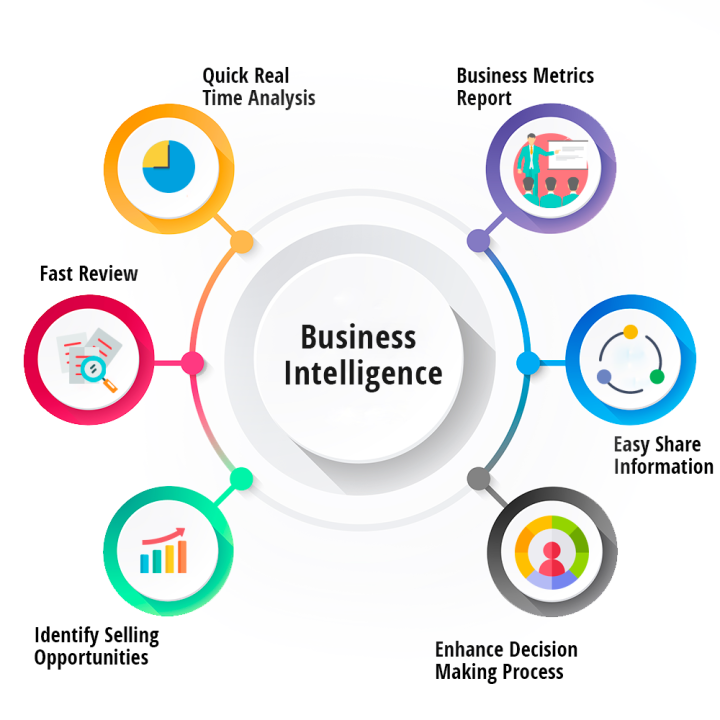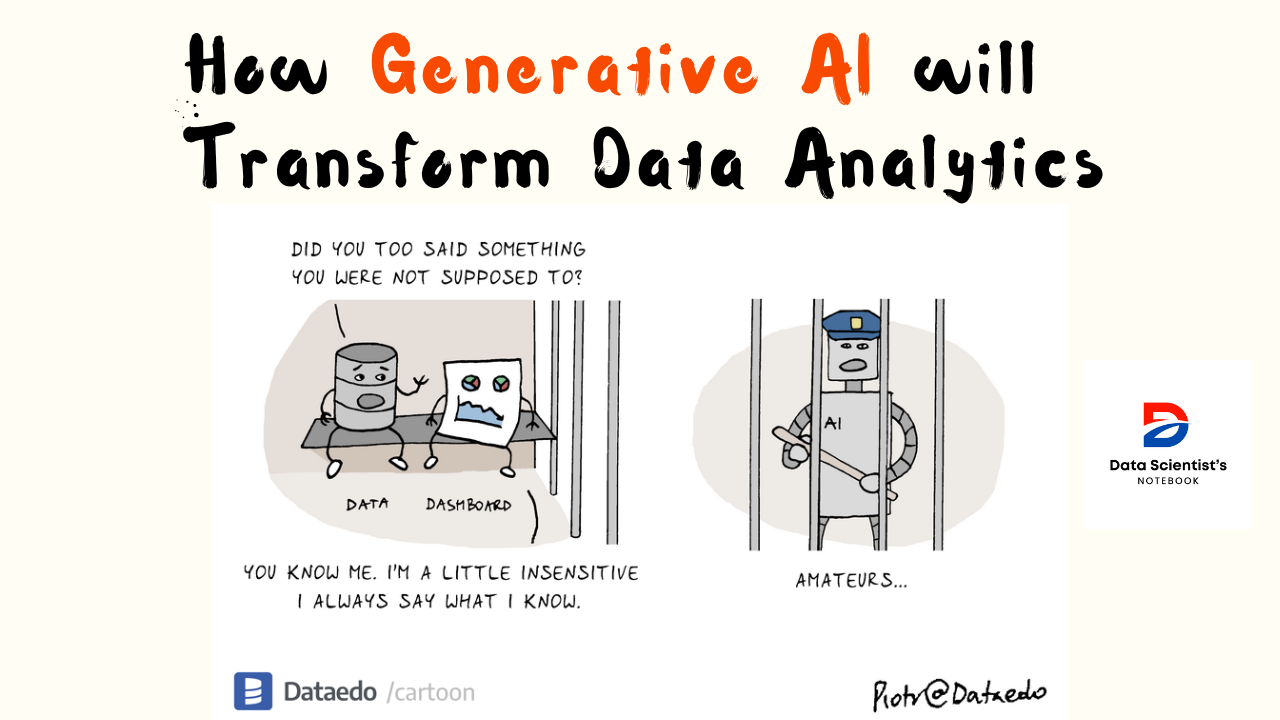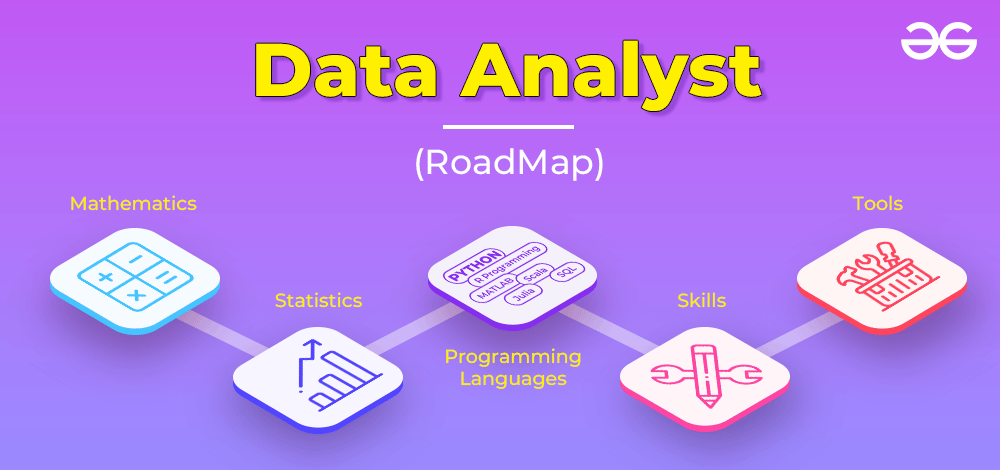Python vs Julia vs R in 2025: Which Language Should Data Analysts Learn?
- Jul 28, 2025
- Data Analytics
- 1087 Views
By Varshhaa Singh
As data continues to power decisions across every industry, the choice of programming language for analysis is more important than ever. Whether you're a student entering the data world, a business analyst exploring new tools, or a seasoned data scientist considering performance gains, one question persists:
"Should I learn Python, Julia, or R for data analysis?"
In 2025, all three languages are actively used—but they serve different strengths. This post breaks down the comparison across performance, ecosystem, ease of use, and use cases, so you can choose the right fit for your goals.
🧠 Quick Comparison: At a Glance
| Feature | Python 🐍 | Julia 🧮 | R 📊 |
|---|---|---|---|
| Ease of Learning | ⭐⭐⭐⭐☆ (Very Easy) | ⭐⭐⭐☆☆ (Moderate) | ⭐⭐⭐⭐☆ (Easy for stats) |
| Speed | ⭐⭐☆☆☆ (Interpreted) | ⭐⭐⭐⭐⭐ (Compiled) | ⭐⭐☆☆☆ (Moderate) |
| Community Size | ⭐⭐⭐⭐⭐ (Huge) | ⭐⭐☆☆☆ (Small but growing) | ⭐⭐⭐⭐☆ (Academically strong) |
| Ecosystem | ⭐⭐⭐⭐⭐ (Most mature) | ⭐⭐☆☆☆ (Still growing) | ⭐⭐⭐⭐☆ (Statistically rich) |
| Best Use Case | General-purpose, ML/AI | Numerical computing | Statistical modeling |
| 2025 Verdict | ✅ Default choice | 🚀 High-performance niche | 📈 Still valuable in research |
🐍 Python: The Default Powerhouse
Python has become the “universal language” of data, and for good reason.
✅ Why You’ll Love It:
-
Beginner-friendly syntax
-
Massive support for data libraries like Pandas, NumPy, Scikit-learn, Matplotlib, PyTorch, and Polars
-
Integrated with GenAI tools like Power BI Copilot, ChatGPT, and Jupyter AI
-
Widely used in both enterprise and startup ecosystems
❌ Where It Struggles:
-
Native Python is not the fastest, especially for large numeric operations
-
Managing environments and dependencies (although improving with Python 3.12+)
🔧 Popular Use Cases:
-
General-purpose analytics
-
Machine learning pipelines
-
Dashboarding (e.g., Streamlit, Dash)
-
Data engineering scripts
🧪 Sample Code:
import pandas as pd
df = pd.read_csv("sales.csv")
summary = df.groupby("region")["revenue"].mean()
print(summary)
🧮 Julia: The Speed-First Language
Julia is designed for high-performance numerical computing. It’s growing in popularity in research, finance, and simulation-heavy fields.
✅ Why You’ll Love It:
-
Nearly C-level speed, without needing to write C
-
Excellent for complex mathematical modeling
-
Multiple dispatch makes functions highly flexible
-
Seamless performance for large datasets and simulations
❌ Where It Struggles:
-
Smaller community and fewer mature libraries than Python
-
First-run latency (slow compilation for first-time function execution)
-
Less common in production systems (e.g., web apps)
🔧 Popular Use Cases:
-
Financial modeling
-
Simulations in physics or engineering
-
Optimization problems
-
AI research requiring performance
🧪 Sample Code:
using DataFrames, CSV
df = CSV.read("sales.csv", DataFrame)
grouped = combine(groupby(df, :region), :revenue => mean)
println(grouped)
📊 R: The Statistician’s Home Turf
R was built by statisticians, for statisticians—and it still shines in statistical modeling, academic research, and healthcare analytics.
✅ Why You’ll Love It:
-
Tailored for data visualization and statistical methods
-
ggplot2 remains a favorite for data viz lovers
-
Rich statistical ecosystem (time series, survey analysis, forecasting)
-
Perfect for academia and research settings
❌ Where It Struggles:
-
Not ideal for general programming tasks
-
Less commonly used in modern ML and deep learning
-
Limited support for large-scale production systems
🔧 Popular Use Cases:
-
Time series analysis
-
Academic and health research
-
Statistical reporting
-
Government and public sector data work
🧪 Sample Code:
library(tidyverse) df % summarise(avg_revenue = mean(revenue, na.rm = TRUE)) print(summary)
⚡ Speed Benchmarks (2025 Snapshot)
Here’s a general performance comparison on a dataset with 10 million rows:
| Task | Python (Pandas) | Julia (DataFrames.jl) | R (data.table) |
|---|---|---|---|
| Group by + mean | ~4.5 sec | ~1.5 sec | ~2.2 sec |
| Join two tables | ~5 sec | ~2 sec | ~3.2 sec |
| Row-wise transformation | ~3.5 sec | ~1.4 sec | ~2.7 sec |
With Polars (Python + Rust), Python gets significantly faster, narrowing the gap with Julia.
🧭 How to Choose the Right Language (In Plain English)
| If you are… | Start with… |
|---|---|
| A beginner learning data analytics | 🐍 Python |
| A statistician or academic researcher | 📊 R |
| An engineer or scientist focused on performance | 🧮 Julia |
| Building AI/ML models at scale | 🐍 Python |
| Working in health, social science, or policy | 📊 R |
| Optimizing simulations or real-time systems | 🧮 Julia |
🤝 Final Thoughts: You Don’t Need to Pick Just One
In 2025, the smartest analysts are often multilingual:
-
Use Python for 80% of tasks and workflows.
-
Lean on R when statistical depth and visualization matter most.
-
Bring in Julia when speed and performance become the bottleneck.
With modern tools like DuckDB, Apache Arrow, and interoperable notebooks, it’s easier than ever to blend the strengths of all three.
So don’t just ask "Which language should I learn?"
Ask: "Which tool helps me solve this problem better, faster, and smarter?"






